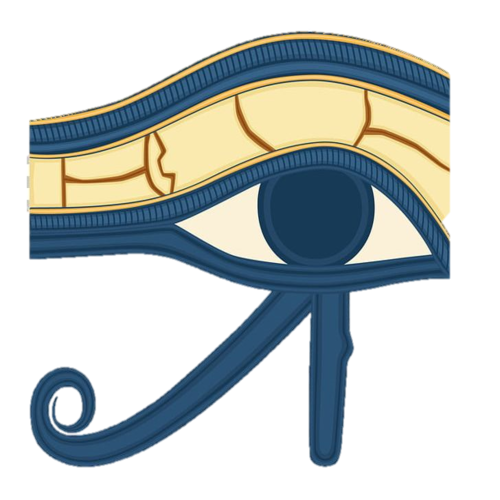| Ineni | ||||||
|---|---|---|---|---|---|---|
| ||||||
| Dynasty | 18th Dynasty | |||||
| Pharaoh(s) | Amenhotep I – Thutmose III | |||||
| Titles | Overseer of the Granary Overseer of the Works | |||||
| Father | Ineni | |||||
| Mother | Sitdjehuty | |||||
| Spouse(s) | Ahhotep-Tjuyu | |||||
| Burial | TT81 | |||||
Ineni (transliteration: ỉnnỉ) was an ancient Egyptian nobleman of the Eighteenth Dynasty during the New Kingdom. He was an Overseer of the Granary in the domain of Amun under Thutmose III and Overseer of the Royal Works since the reign of Amenhotep I. During his life he is known to have planned and supervised the construction of the tomb of Thutmose I and a pylon and two obelisks at Karnak.
Family[]
Some family members are known from his tomb; his parents were Ineni and Sitdjehuty, his wife was Ahhotep-Tjuyu, and he had a brother Paheri.
Career[]
Ineni came from an aristocratic family and likely began his career as an architect under Amenhotep I. Amenhotep I commissioned Ineni to expand the Temple of Karnak. The expansion included a barque shrine of Amun and a new treasury. Ineni probably also oversaw the construction of the mortuary temple of Amenhotep I; the first mortuary temple to be disconnected from the actual tomb, presumably so it would not draw attention to the burial site. Amenhotep I died before the treasury could be completed, but Ineni was retained by his successor, Thutmose I.
An avid builder, Thutmose I commissioned many construction projects during his rule. Many of his projects were at the temple of Karnak and were under the supervision of Ineni. These works included the fourth and fifth pylons, numerous courts and statues, the completion of the treasury expansion begun by Amenhotep I, and a hypostyle hall of cedar wood constructed at Karnak to commemorate Egypt's victory over the Hyksos.
After the death of Thutmose I, Ineni was once again retained by the royal family. During the reign of Hatshepsut, a new architect, Senmut, would gain major commissions; most notably the construction of her mortuary temple at Deir el-Bahari. Ineni, however, continued to supervise several structures commissioned by Hatshepsut and was likely consulted on many others.
Burial[]
Ineni died sometime prior to Year 22 of Hatshepsut, when Thutmose III assumed the throne for himself. Ineni was buried in his TT81 rock-cut tomb at Sheikh Abd el-Qurna, which forms part of the larger Theban Necropolis.[1]
References[]
- ↑ Rosalind & Janssen 1996.
Bibliography[]
- Rosalind, M./Janssen, J.J., 1996: Getting Old in Ancient Egypt. Rubicon Press, London.
